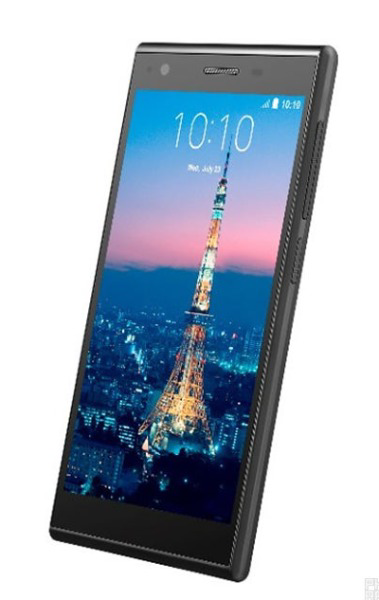


The ZTE Blade Vec 3G and 4G models, launched in September and November 2014 respectively by ZTE Corporation, are mid-range Android smartphones targeting users seeking affordable devices with decent multimedia capabilities. The Vec 3G features a MediaTek MT6582 chipset, while the Vec 4G upgrades to a Snapdragon 400, both with 5.0-inch 720 x 1280 IPS displays, 1 GB RAM, and 2300 mAh batteries, running Android 4.4.2 KitKat. Priced at around $200-$250 at release, they include an 8 MP rear camera (Vec 3G) or 13 MP (Vec 4G). In 2025, both models are outdated, lacking modern app support, 5G connectivity, and sufficient hardware power. Their larger displays for the time appeal to collectors, available used for $30-$70 on platforms like eBay.
|
Feature |
ZTE Blade Vec 3G / 4G |
|
Release Date |
Sep 2014 (3G) / Nov 2014 (4G) |
|
Display |
5.0" IPS LCD, 720 x 1280, 294 ppi |
|
Processor |
3G: MediaTek MT6582, 1.3 GHz Quad-core / 4G: Snapdragon 400 MSM8926, 1.2 GHz Quad-core |
|
RAM |
1 GB |
|
Storage |
8 GB (3G) / 16 GB (4G), microSD support (up to 32GB) |
|
Rear Camera |
3G: 8 MP / 4G: 13 MP, LED flash, 1080p video |
|
Front Camera |
3G: 5 MP / 4G: 2 MP |
|
Battery |
2300 mAh, removable |
|
OS |
Android 4.4.2 KitKat |
|
Build |
Plastic body, no IP rating |
|
Connectivity |
3G: 3G, Wi-Fi 4, Bluetooth 4.0 / 4G: 4G LTE, Wi-Fi 4, Bluetooth 4.0, GPS |
|
Price (Launch) |
~$200 (3G) / $250 (4G) |
To make a modern ZTE Blade Vec 3G/4G competitive in 2025, the following enhancements could address its shortcomings while preserving its multimedia focus:
The ZTE Blade Vec 3G/4G models were solid mid-range options in 2014, offering a 5.0-inch HD display, decent cameras (8 MP for 3G, 13 MP for 4G), and 4G LTE support in the Vec 4G variant, making them appealing for budget users seeking multimedia capabilities. Their expandable storage and affordable price added to their value. However, in 2025, both models are obsolete, with Android 4.4.2 KitKat no longer supported, no 5G connectivity, and hardware that can’t handle modern tasks. The small 2300 mAh battery and lack of water resistance further diminish their utility. For collectors or nostalgia enthusiasts, a used Blade Vec 3G/4G priced at $30-$70 on platforms like eBay might hold value as a piece of smartphone history. For most users, however, modern mid-range phones like the Samsung Galaxy A55 or Google Pixel 8a offer vastly superior performance, 5G support, and long-term software updates, making them far more practical choices in 2025.
The overall rating is based on reviews by our experts
No reviews yet.
|
How Is the Design? |
|
|
How is the Display? |
|
|
How is the Camera? |
|
|
How are the Features? |
|
|
How is the Connectivity |
|
|
How is the Usability? |
|
|
How is the Performance? |
|
|
How is the Battery Life? |
No prices available.